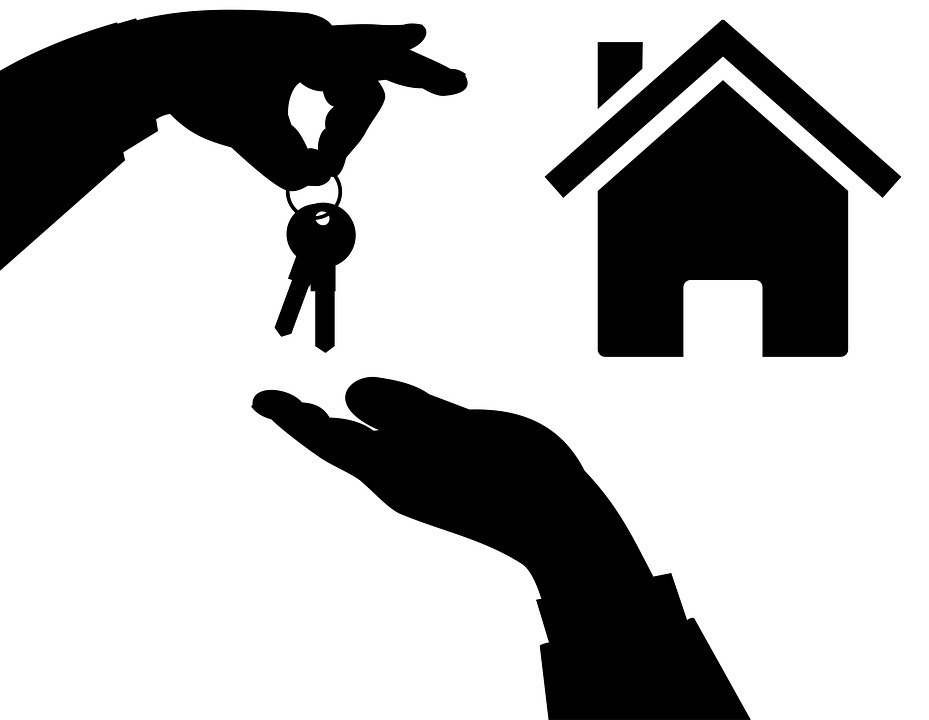Two, three and five-year fixed rate mortgages have all come down in cost over the past 12 months and witnessed some big reductions compared to five years ago, according to Mortgage Brain’s latest product data analysis.
The cost of a 60% LTV, five-year fixed rate, for example, is now 5.7% lower than it was this time last year, while a 60% LTV two-year fix is now 4.1% lower.
In the 80% LTV space, five and two-year fixed rate products now cost 3.2% less than they did at the beginning of January 2019.
Five years ago
The fixed rate market also shows a big improvement in terms of cost compared to five years ago.
Mortgage Brain’s latest data shows reduction in cost for the two-year fixes at 60, 70, 80 and 90% LTV of between 9.8 and 17.8% and the equivalent five-year fixed products have fallen between 12.1% to 14.4%.
Monetary savings
In monetary terms the 5.7% reduction in cost over the past 12 months equates to an annual saving of £432 on a £150k mortgage.
Compared to five years ago, however, borrowers can secure a potential annual saving of £1,584 for the 90% two-year fix, and £1,206 and £882 for the five and two-year 60% LTV products respectively.
While favourable reductions in cost have been seen over the past 12 months and longer, Mortgage Brain’s short-term analysis shows little movement with mortgage costs for the majority of mainstream products remaining static with those offered at the beginning of October 2019.
Comment
Mark Lofthouse, CEO of Mortgage Brain, commented: “Our latest product data analysis shows that while there’s little to get excited about in terms of rate and cost movement over the past three months, the UK mortgage market has seen some big cost reductions over the year and particularly over the last five year
“With mortgage costs down by up to 17.8% compared to January 2015, there are savings across the board that advisers are able to offer their customers. Mortgage costs remain at historic lows and forecasters are predicting that this will continue in to 2020.”
By Joanne Atkin
Source: Mortgage Finance Gazette



